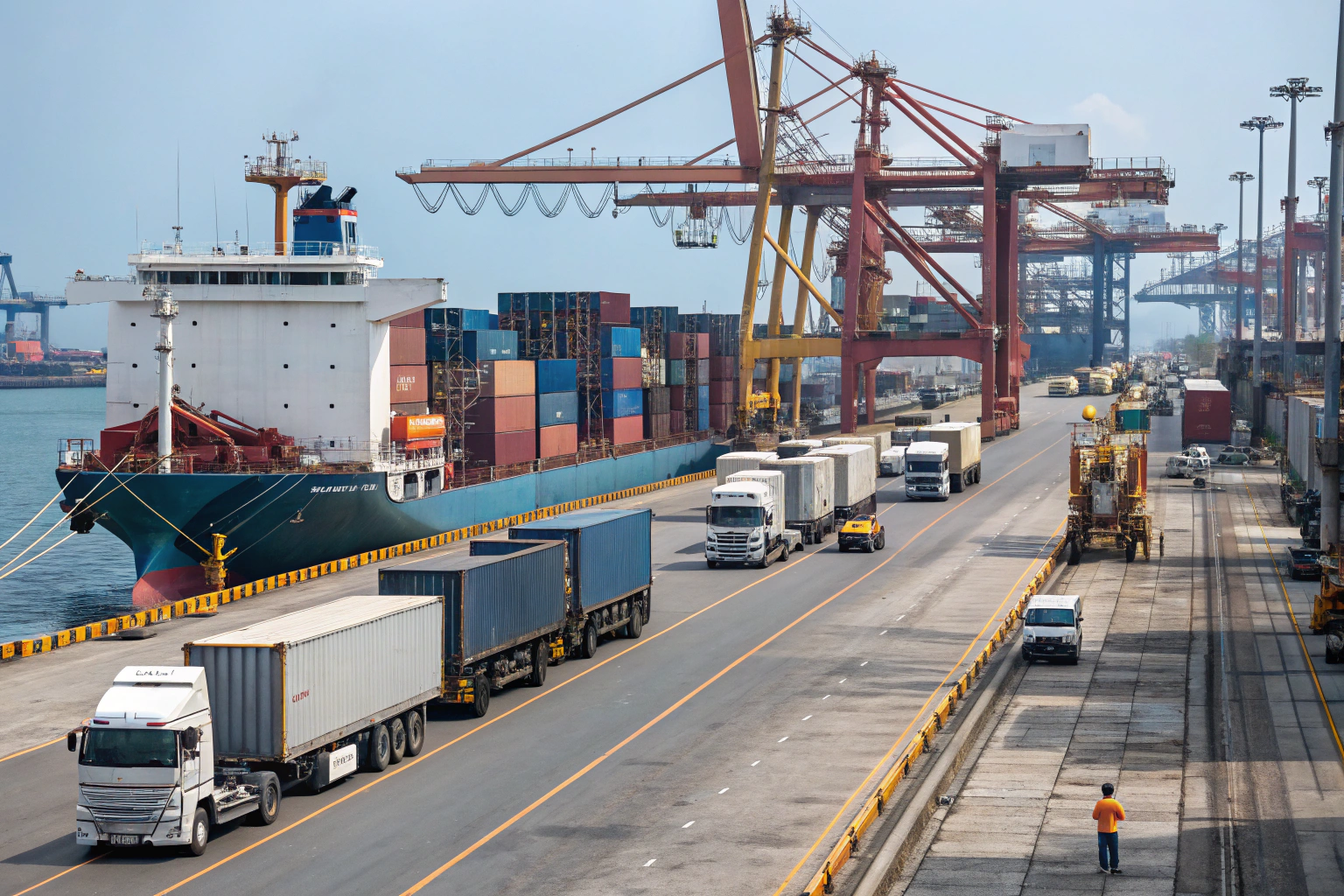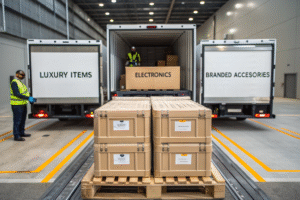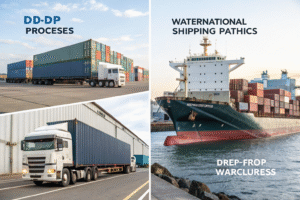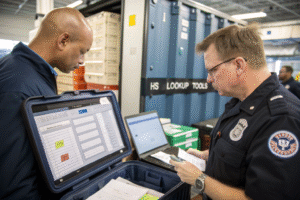Every year, peak shipping seasons create massive pressure on supply chains. Whether it’s Black Friday, Christmas, or Chinese New Year, global demand skyrockets while space, time, and resources shrink. As a freight forwarder at GeeseCargo, I’ve helped countless small business owners like Ron—an American importer of clothing and accessories—avoid delays and keep shipments moving even when the world is congested.
To prepare for peak shipping seasons, businesses need to plan early, secure bookings in advance, understand port congestion risks, and work closely with reliable freight forwarders to manage timing and costs.
During these high-demand windows, competition for containers is fierce, customs may slow down, and shipping costs spike. If you don’t prepare, you lose sales, profits, and customer trust. Here's how we help importers get ready the smart way.
When Are the Peak Shipping Seasons Worldwide?
Shipping volumes follow a predictable global rhythm—but that doesn’t make it easy. Each region has its own peak, and businesses importing from China must align with both factory and freight realities.
Peak seasons include Q4 holidays (October–December), Chinese New Year (January–February), back-to-school (July–August), and seasonal sales tied to fashion or gifting trends.
![]()
What Are the Key Shipping Peaks?
| Season | Cause | Impact |
|---|---|---|
| Christmas/Q4 | Consumer sales | High demand, low space |
| Chinese New Year | Factory closures | Long lead times, early rush |
| Back-to-school | Apparel & gifts surge | Regional port congestion |
| Summer sales | Fashion + festivals | Squeezed airfreight space |
How Early Should You Plan?
For ocean freight: at least 6-8 weeks in advance.
For air freight: 3-4 weeks before takeoff.
We advise Ron to finalize purchase orders for Q4 by late August and ship by early October. For Chinese New Year, we begin bookings by mid-December.
How to Secure Space and Avoid Container Shortages?
During peak times, not all bookings are honored. Carriers prioritize large-volume clients. Small importers are often bumped or forced into high rates unless they book early and have a trusted forwarder backing them.
To secure space, businesses should book early, work with a forwarder who has strong carrier relationships, and consider flexibility in routing or timing.

Why Do Bookings Get Rolled?
“Rolling” means your container doesn't make it on the planned vessel. It’s common during peaks due to:
- Overbooked vessels
- Carriers favoring VIP contracts
- Port bottlenecks or labor shortages
How Does GeeseCargo Prevent Rolling?
We confirm bookings with multiple shipping lines, pre-position containers near your supplier, and offer LCL (Less than Container Load) or air freight backups if needed. For Ron’s seasonal orders, we sometimes split cargo between fast and economy routes.
What Role Does Inventory Planning Play During Peak?
Shipping isn’t just about transport—it’s about inventory. Miscalculating demand or shipment timing means empty shelves during your most profitable months. That’s a nightmare.
Strategic inventory planning aligned with peak freight schedules prevents stockouts, reduces storage costs, and improves cash flow.

How Should You Forecast During Peak?
Look at:
- Prior year’s sales
- Supplier production speed
- Port transit timelines
- Customs clearance days
We help clients calculate backward from delivery dates. If Ron needs goods in LA by November 10th, we plan pickup from his Shenzhen factory by early October, factoring in 30 days door-to-door.
Should You Build Buffer Stock?
Yes, especially for holiday items, seasonal accessories, and new product launches. A 2–3 week buffer is standard. We also recommend keeping fast-moving SKUs in U.S. warehouses when possible, using bulk ocean and air for replenishment.
How to Communicate with Suppliers and Forwarders Effectively?
Logistics is a team sport. Poor communication between buyer, supplier, and forwarder leads to confusion, delays, and missed deadlines. That’s why I always stress proactive updates.
Clear, regular communication ensures alignment on shipment readiness, packaging, labeling, booking schedules, and customs requirements.

What Should You Ask Your Supplier Before Peak?
- Can you complete all items on time?
- Are cartons labeled according to customs regulations?
- Is export packaging suitable for ocean transit?
- Can you pack partial shipments if needed?
How Do We Keep Clients Like Ron Informed?
We provide weekly booking slots, vessel ETAs, real-time customs clearance updates, and issue alerts if delays are likely. Our WhatsApp and email response times average under 1 hour during peak months. That builds trust and confidence.
Conclusion
Peak shipping seasons don’t need to be chaotic. With early planning, the right freight partner, and a proactive mindset, even small businesses can navigate global shipping like pros. At GeeseCargo, we prepare you months in advance, secure your space, and keep your cargo moving—no matter the season. Let’s conquer your busiest months together.









